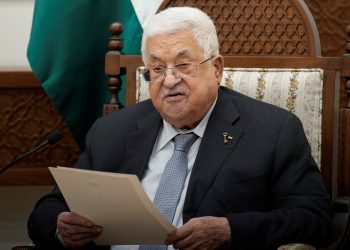Several foreign news agencies and think thanks speculated on the possible effects of Raisi’s death on Iran’s foreign and domestic political spectrum.
Following the tragic death of Iran’s President Ebrahim Raisi and his companions in a helicopter crash this Sunday, foreign news agencies and think thanks published various reports on the future of Iran in the post-Raisi era. A brief description of some these reports is given below:
-
Jerusalem Post
The death of Raisi and Amir Abdollahian will undoubtedly cause great turmoil in Iran, but no significant change is expected in Israel’s situation. This event and the subsequent political chaos regarding the election of the next president in a limited time of 50 days at most, could serve as an incentive to renew internal opposition to Iran, and Israel could exploit this temporary chaos and potential internal power struggles to attack Iran.
Mossad (with the help of unit 8200) should use all its efforts to damage the components of Iran’s weapons system program, including nuclear scientists and heads of the country’s nuclear project, despite its heavy involvement in the hostage return mission and managing negotiations to end the Gaza war.
Beyond focusing on Iran’s weapons systems, Israel should also consider the new enrichment facility being built deep underground in Natanz before these facilities are bomb-proofed, as there are still ways to damage them before they become operational.
-
American Peace Institute
Some Iranian experts, as well as some former Israeli defense officials, have said that Rassi’s rivals for presidency may have been behind his helicopter crash. In any case, excluding Raisi, who was supposed to be the future leader of Iran, the leading candidate for leadership is Khamenei’s son, Mojtaba Hosseini Khamenei, who is 50 years old.
But he has to overcome two big obstacles in this path: first, the founder of the Islamic Republic, Ruhollah Khomeini, considered the idea of hereditary leadership un-Islamic. Despite having a son named Ahmad Khomeini who was his right hand, he chose Khamenei as his successor. Khamenei himself has made many public threats against the hereditary monarchy as well.
Second, Alireza Arafi and Mohsen Qomi, who are not known at the international level, but inside Iran, they are at the head of the country’s leadership selection network known as the Assembly of Leadership Experts. Both of these contenders have strong religious credentials and will continue the role of the clergy at the top of the country’s power pyramid.
Another possibility is that one of the senior members of the Islamic Revolutionary Guard Corps will assume the leadership responsibility. However, this will be more than a simple succession, as it could be the beginning of the end of the Islamic Revolution and the transition of the country from a purely religious leadership to a military government.
-
Chinese news agency SCMP
The most important political issue for Iran right now is the management of the next presidential election, which is scheduled to be held within 50 days. First Vice President Mohammad Mokhber has been appointed as acting president and is expected to organize the election.
Observers warn of a possible power struggle over the presidency, especially among the country’s conservatives, and expect the various factions of the Islamic Republic to fight hard over who will become president. But Iran’s focus will be more on the “orderly transition of the presidency” and since the leader of Iran is the first power in the country, and also because the Islamic Republic has shown that it works well in such difficult and unexpected moments, it is quite impossible that a constitutional crisis occur in Iran, but there will certainly be a power struggle over the presidency.







